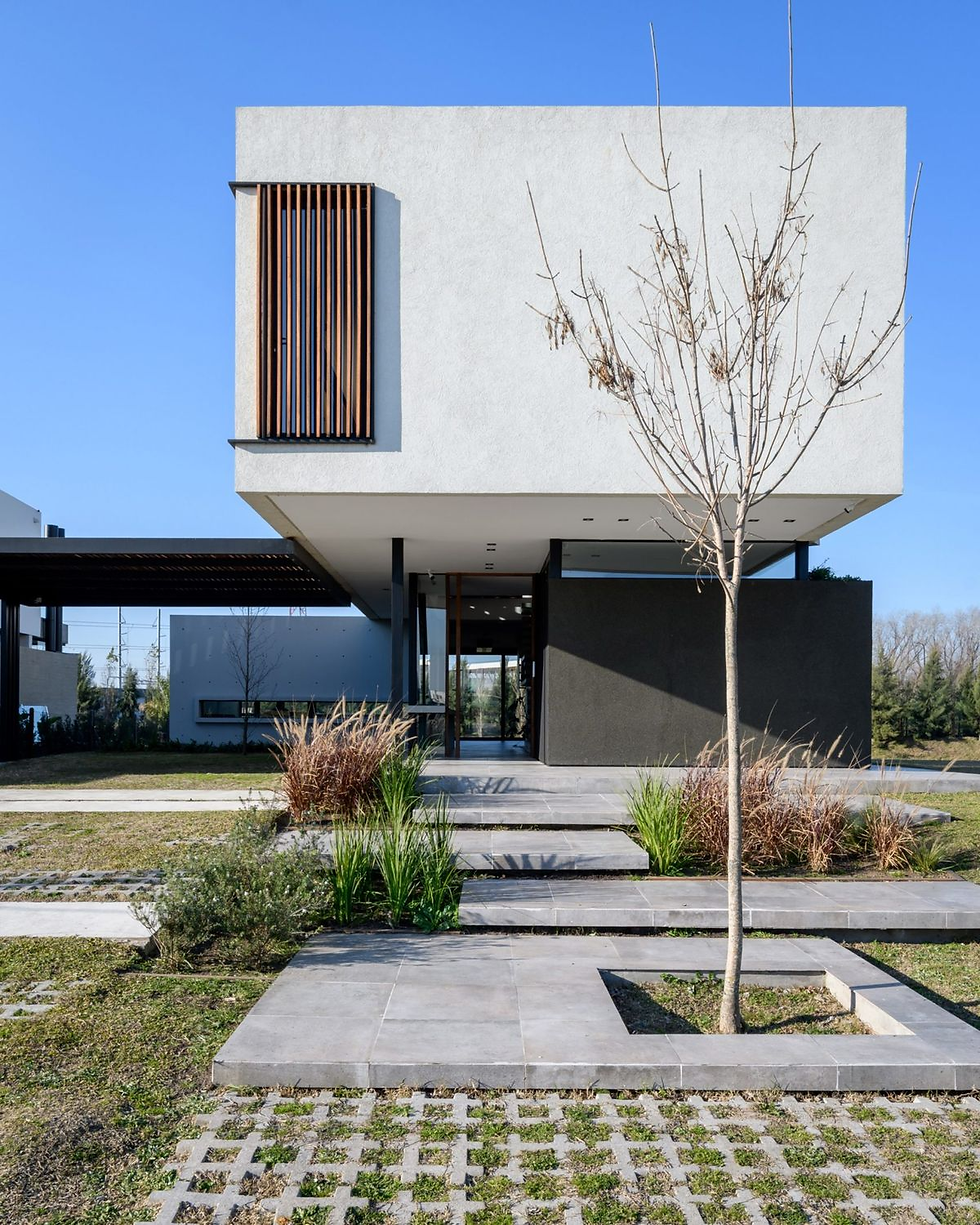The Journey So Far: Ramarama’s Venkateshwara Temple
- Bill Zhao

- Sep 26
- 2 min read
2025 marked a significant milestone in the development of the Venkateshwara Temple project in Ramarama, Auckland. With resource consent approved, VIKON are excited to oversee this project with full steam ahead. The culmination of years of work, and of a vision decades in the making, learn about the strides made this year towards this ambitious project.
Beginning with the aspirations of Indra Sirigiri, Chairman of Sirigiri Trust, the foundations of the Shri Venkateshwara Temple dream were built upon an idea of fostering cultural connectivity. In achieving this, the temple is envisioned to be a community hub, providing a space for educational programmes, performing arts, and religious ceremonies. A place of worship, the temple’s main Deity is Venkateshwara, who serves as the temple’s namesake.
Branching from our longtime partnership with Indra Sirigiri and his businesses, VIKON’s involvement in this project began when we were called upon to consult and design the temple. Through rigorous hearings, meetings, and processes, one of the greatest hurdles in this temple’s journey had been overcome in gaining the resource consent. After approval, it was time to move on with the temple’s next phases.
The project’s journey wasn’t localised entirely in New Zealand, however. Tirupathi in India was a central location for this project’s development, being home to Tirumala Temple, the most well-known temple in the world dedicated to Venkateswara, and among the most visited religious sites in the world. Here, Indra Sirigiri consulted with the temple’s governing body, where the project found support, endorsement, and a trusted partner in this important endeavour.

Vincent Huang, VIKON’s founder and director, also travelled to Tirupathi, where he visited Tirumala Temple, seeking blessings, guidance, and insight. His September visit came with the goal of learning more about Venkateswara, the presiding deity over both Tirumala Temple and the planned temple in Ramarama. In a meeting with Dnv Prasad Sthapathy, a chief temple architect, Vincent exchanged insight regarding New Zealand’s regulations, as well as the design requirements of such a temple.
With resource consent approved, the next step is gaining building consent, which involves a stringent series of processes, such as the planning and coordination of fire safety systems, civil engineering, and MEP (mechanical, electrical, and plumbing). The design of the building itself is critically involved in this process. When finalised, the temple aspires to be a place of spiritual, cultural, and community wellness – built with modern, code-adherent techniques to feature a meld of both technical ingenuity and religious connectivity.
Sources:









Comments